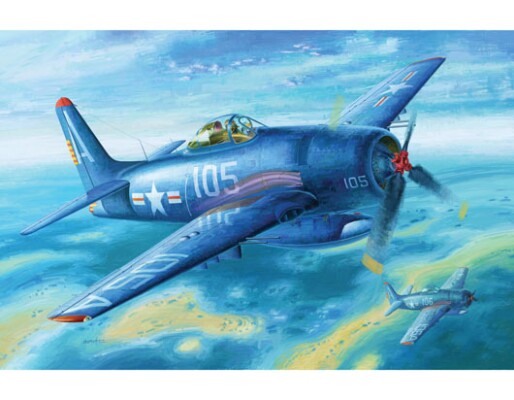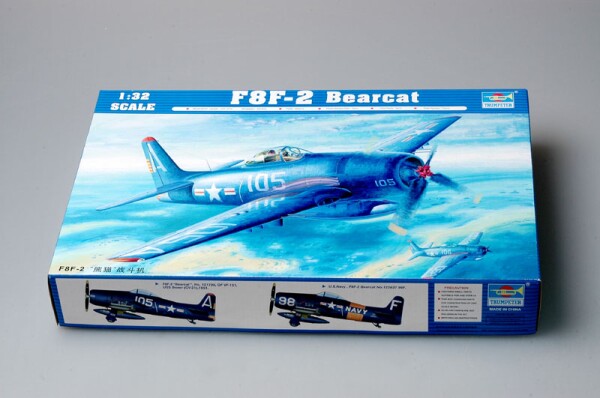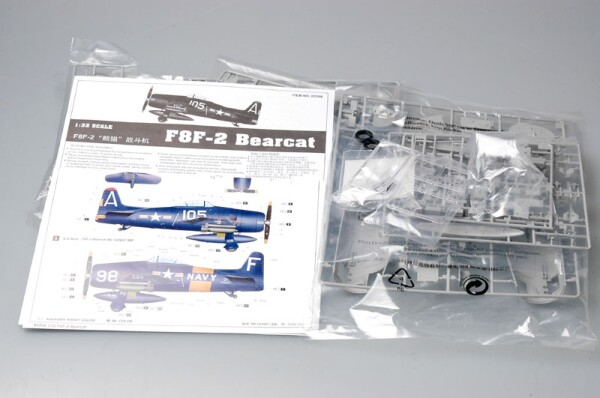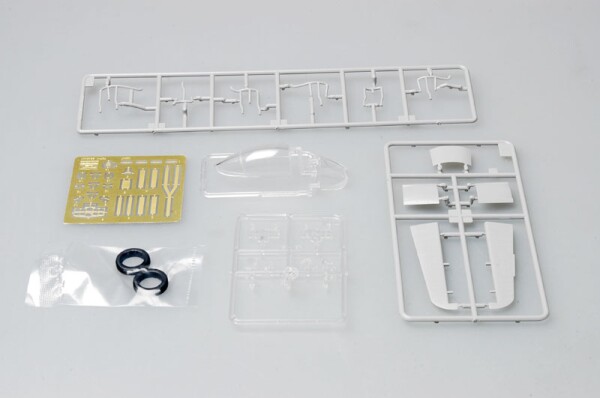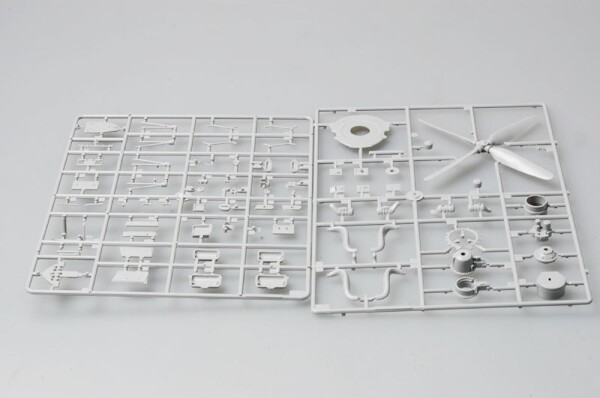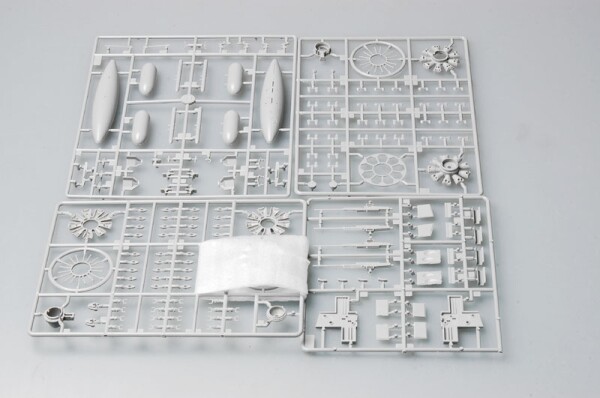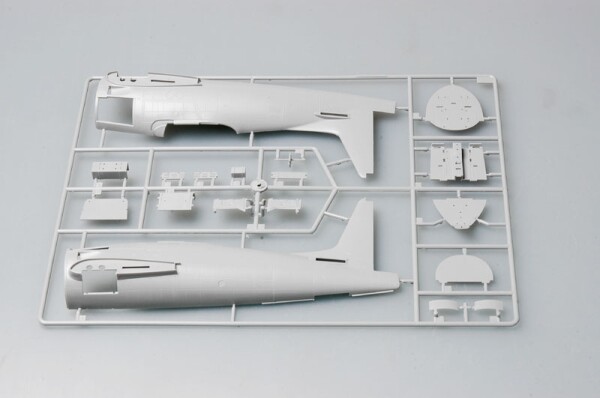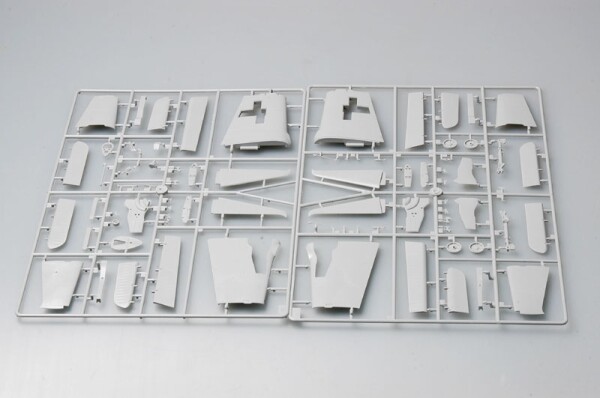Description
Scale model 1/32 Aircraft F8F-2 Bearcat Trumpeter 02248 with delivery throughout Ukraine and stores in Kiev and Odessa.
Glue and paints are not included
Included:
sprues with parts,
transparent parts,
photoetching,
scheme for painting the model,
step-by-step instructions.
Grumman F8F "Bearcat" - an American carrier-based fighter of the Second World War. Created in 1943-1944 by Grumman by order of the US Navy as a light carrier-based fighter for operations at low and medium altitudes, designed to replace the outdated F6F "Hellcat" fighter, also developed by Grumman. Serial production of the F8F was carried out from early 1945 to early 1948, a total of 1014 aircraft were produced. The aircraft entered service in May 1945, but did not see combat in World War II. The F8F was the primary carrier-based fighter of the US Navy and Marine Corps in the early post-war years, but with the advent of carrier-based jet fighters in the late 1940s, the F8F was soon completely replaced by t
